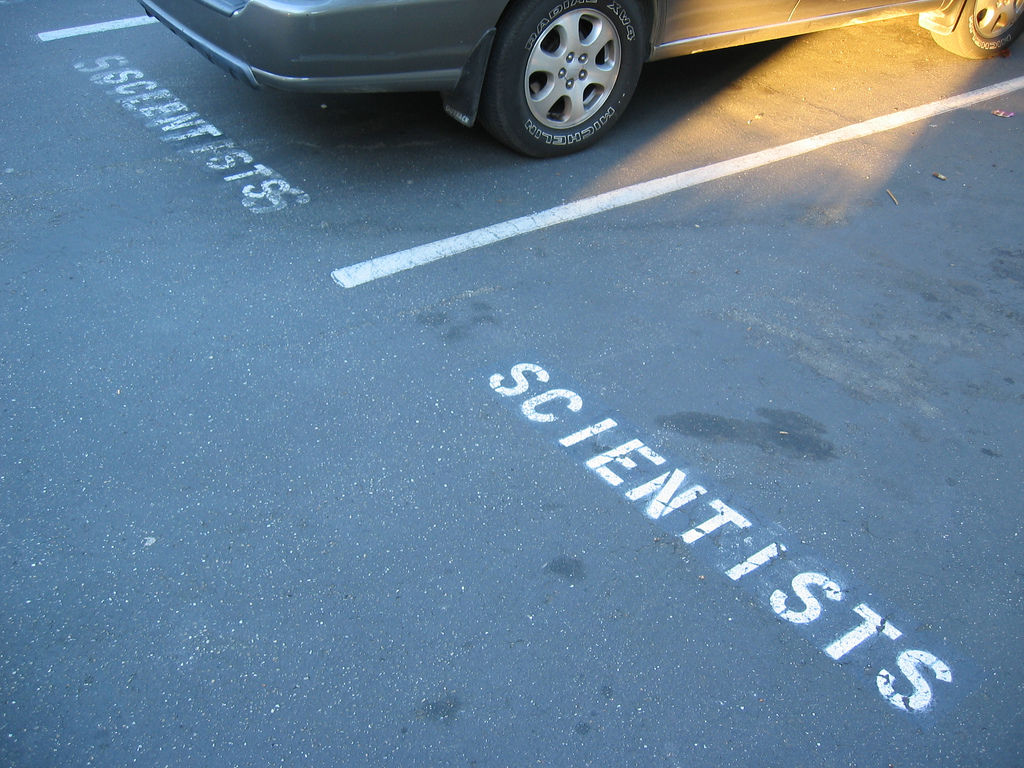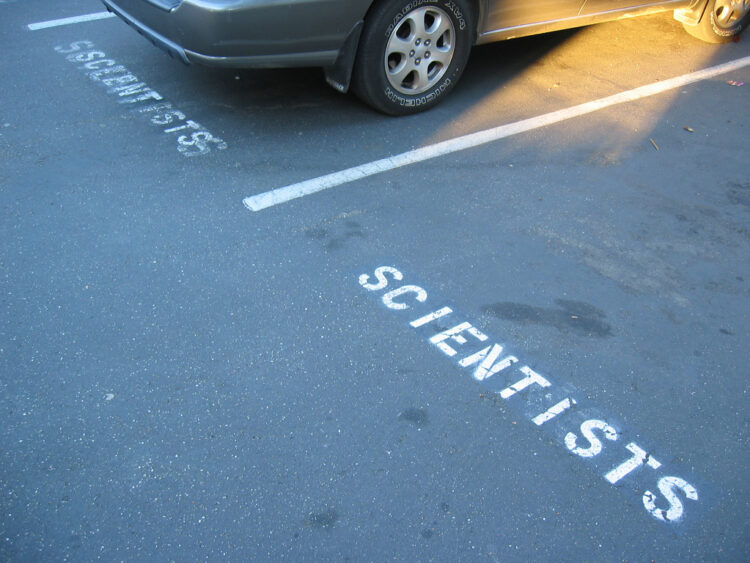
According to a recent report by Glassdoor, data scientist is the top job of 2016. It’s not terribly surprising: Data’s so hot right now. There’s a huge amount of it available, but it’s noisy and companies need people to make sense of it in order to identify the right opportunities to succeed and get a leg up on the competition. Data scientists understand the data and have the techniques to design and build algorithms that offer efficiency and insight on how to execute the best business decisions.
Glassdoor reports more than 1,700 openings for the role, which is great for job seekers (with the right skills), but possibly not so great for companies looking to fill the role. For one, not every company can afford a data scientist. Plus, given that the position is a relatively recent invention, there simply aren’t enough data scientists to go around. If you’re a hiring manager trying to hire a “data scientist,” the key to finding the right match is creativity and patience. Here are some ideas to get you started:
Work from within your own talent pool
You should always start by tapping your existing talent source and growing your own team members. Implement an interim program and spend the time to train them, or pay to send them to school. This is a particularly great tactic to employ with very junior level, fresh-out-of-school talent, since you can groom them into a good data scientist.
Check out tangential fields
An easy one here is engineering: It depends on the training, but a lot of engineering teams have very broad skillsets. Those who’ve had a focus in machine learning or computer science tend to do well, but many engineers in general have the passion required, even though they haven’t worked on data before. These people can be trained, since they have the technical skills to apply. Also consider statisticians and algorithm designers, but they have to be able to work with or learn coding skills so they can implement algorithms that they create.
Consider other data-heavy industries
Any field where there’s a lot of data where people are performing statistical analysis is also a good place to look. For example, business analysts. Many of those in financial industries have a very well trained core in data, so they’re already skilled in the area and can solve problems quickly. Adtech and search are two other fields where there is inherently a lot of data. Keep in mind that any person should be able to work with engineers to figure out a scalable solution.
Focus on the “scientist” part
A lot of data scientists are coming from physical science: physics, bioinformatics, chemistry and so on. A big part of running experiments is dealing with abundant amounts of data, so they’ve developed specialism in how to deal with data and what it means; they’re already familiar with the experimentation process and figuring out “what does this mean?” They may use many similar techniques, although the application is different. There are a lot of programs that are taking academics to prepare them to apply their skills in a business environment, so look into that resource.
But make sure they can deliver
Of course, one of the big differences between physical scientists and data scientists is the timeline for delivery. Any potential hire needs to be able to make a jump from research to production delivery. They will no longer have the luxury of spending eight months on a longitudinal study; they have to be able to take a thought, chase it quickly and move forward. There’s also a difference moving from implementing a spec to design experiments, and metrics to measure precision and accuracy of an algorithm. The key of the delivery is to integrate the data science to a business result and product platform. Anyone who has mastered these aspects can unleash the power of the data science.
Get creative and be patient
Remember that success is less about what they’ve done in the past, and more about what they’re able to do. It’s the mental process they use to think about how things work and how to test things and how to come up with the null hypothesis. They should have strong self-motivation and desire to learn with an ability to play many roles. A Data Scientist has to solve tough problems and they have to play the role of Computer Scientist, Business Analyst, Data Modeler, Mathematician and Statistician. This might take a little longer, but you’ll end up with a better diversity of potential hires. The path to becoming a true Data Scientist is a journey.



